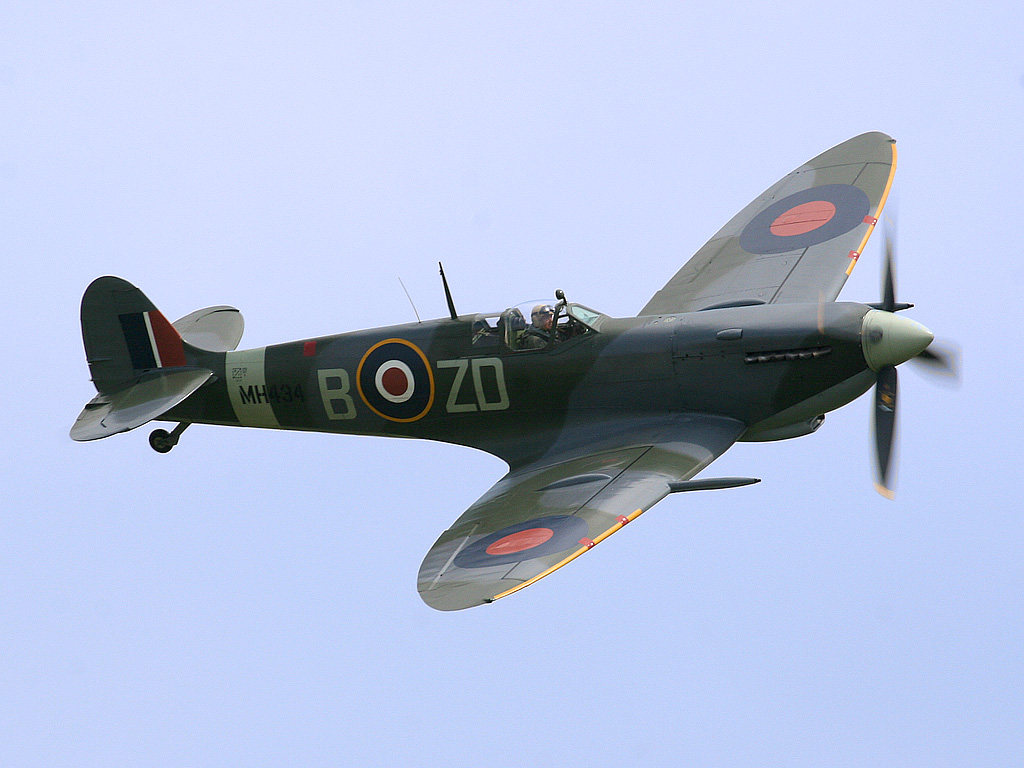A
AirfixJunkie
Guest
I'm making a belated father's day gift of a model of Stanislaw Skalski's MkIXc Supermarine Spitfire EN315 ZX.6
Dad spent many years in the RAF and Royal Auxiliary RAF Regiment and is a keen military historian so I like to research these sorts of specific models to make sure I get the detail right.
The problem with this one is the yellow line along the outer leading edge of the wing as seen on this model:

It's not reproduced on some other models and isn't shown in the painting guide that came with the model I have. Can anyone clarify for me if it's meant to be there and what it represents?
Thanks in advance
AJ
Dad spent many years in the RAF and Royal Auxiliary RAF Regiment and is a keen military historian so I like to research these sorts of specific models to make sure I get the detail right.
The problem with this one is the yellow line along the outer leading edge of the wing as seen on this model:
It's not reproduced on some other models and isn't shown in the painting guide that came with the model I have. Can anyone clarify for me if it's meant to be there and what it represents?
Thanks in advance
AJ
